Advanced Safety Features of Electric Vehicles: Enhancing Road Safety and Driving Experience.
As electric vehicles (EVs) continue to gain popularity worldwide, their advanced safety features are becoming a significant selling point, contributing to safer roads and a more secure driving experience.
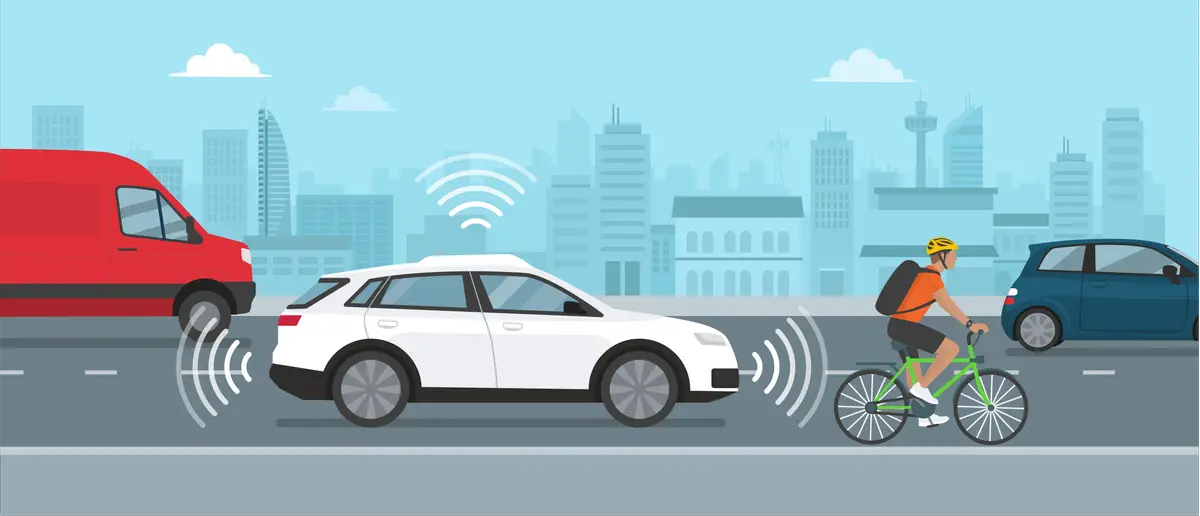
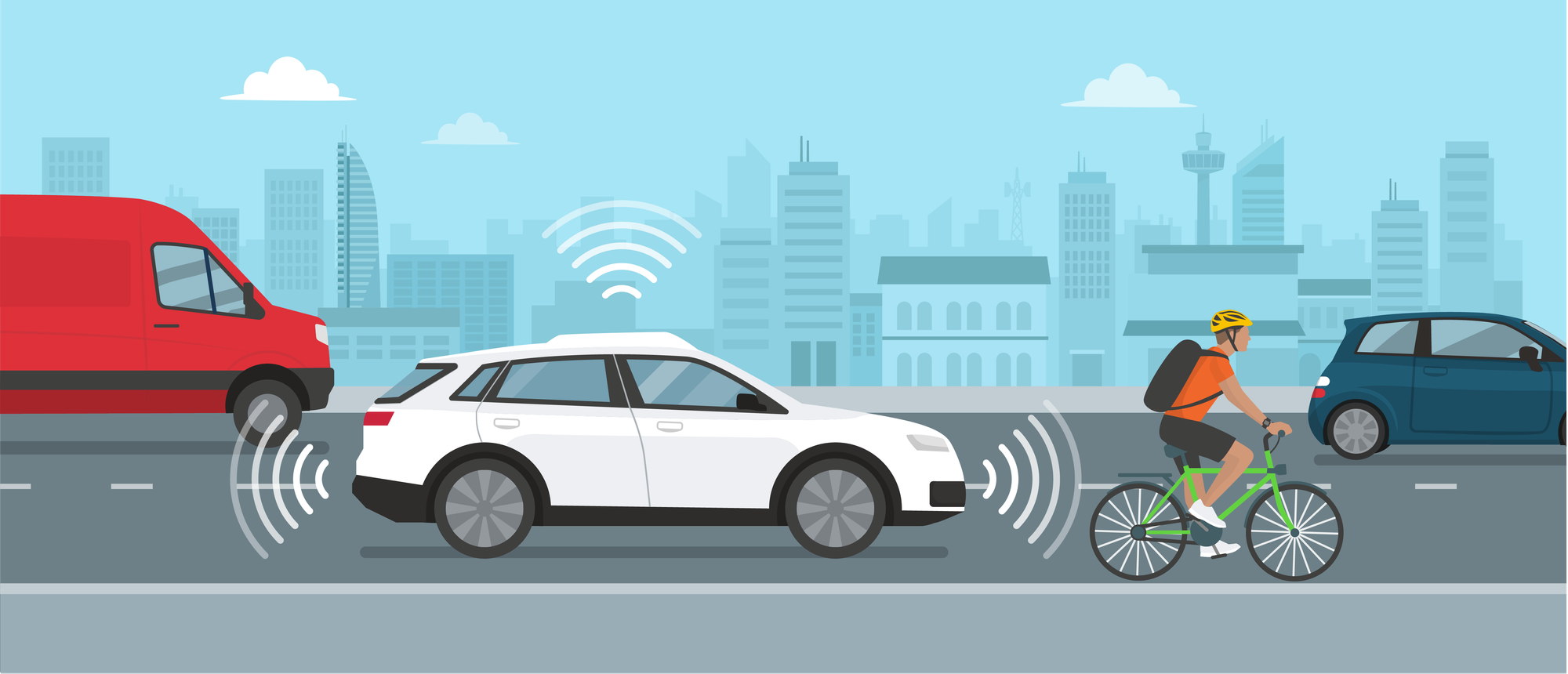
As electric vehicles (EVs) continue to gain popularity worldwide, their advanced safety features are becoming a significant selling point, contributing to safer roads and a more secure driving experience.
These features not only align with the technological advancements that define EVs but also address the increasing demand for vehicles that prioritize driver, passenger, and pedestrian safety.
From cutting-edge driver assistance systems to innovative structural designs, EVs are setting new standards for automotive safety.
1. Autonomous Emergency Braking (AEB)
One of the most prominent safety features in modern electric vehicles is Autonomous Emergency Braking (AEB).
AEB systems use sensors, cameras, and radar to monitor the road ahead for potential collisions.
If the system detects an imminent crash, it automatically applies the brakes to reduce the severity of the impact or avoid the collision altogether.
This feature is particularly effective in urban driving environments, where sudden stops are common, and has been shown to significantly reduce rear-end collisions.
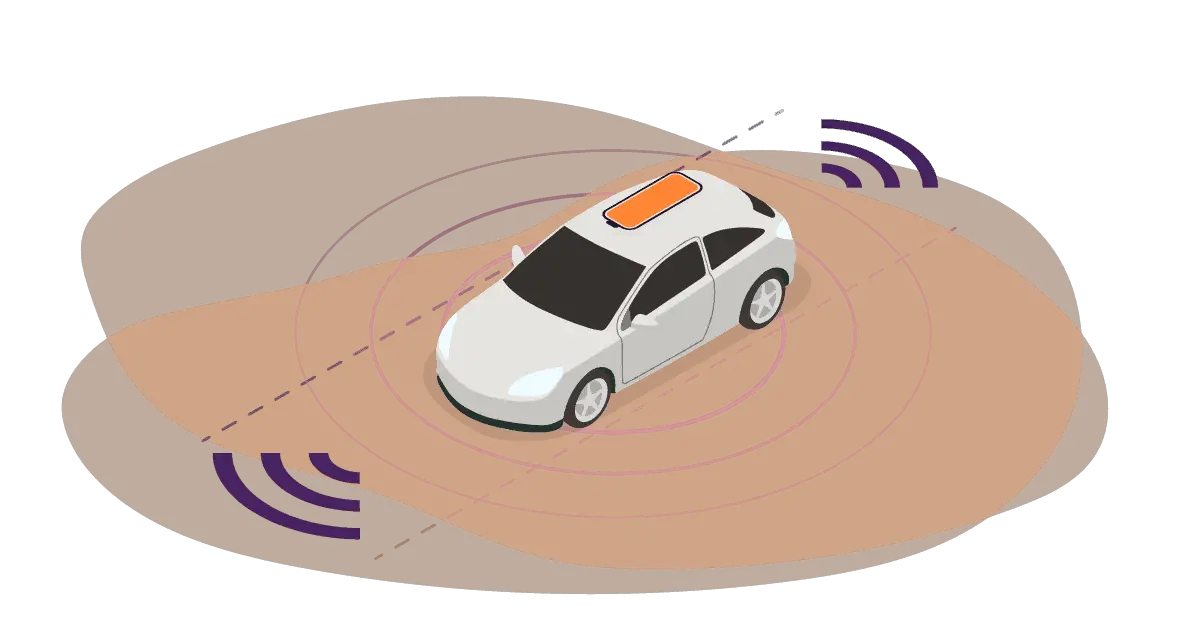
2. Adaptive Cruise Control (ACC)
Adaptive Cruise Control (ACC) is another advanced feature commonly found in electric vehicles.
Unlike traditional cruise control, which maintains a constant speed, ACC adjusts the vehicle’s speed based on the traffic conditions ahead.
Using radar and camera systems, ACC can detect slower-moving vehicles in the same lane and automatically reduce the speed to maintain a safe following distance.
Once the road clears, the system accelerates back to the preset speed. This feature enhances safety during long-distance driving and in stop-and-go traffic, reducing driver fatigue and the risk of accidents.
3. Lane Keeping Assist and Lane Departure Warning
Lane Keeping Assist (LKA) and Lane Departure Warning (LDW) are crucial features that help prevent unintended lane changes, a common cause of accidents. LDW systems alert the driver when the vehicle begins to drift out of its lane without signaling.
If the driver does not take corrective action, LKA intervenes by gently steering the vehicle back into its lane.
These systems rely on cameras to detect lane markings and are particularly useful on highways and during long drives, where drowsiness or distractions might cause the driver to veer off course.
4. Blind Spot Monitoring and Rear Cross-Traffic Alert
Blind Spot Monitoring (BSM) and Rear Cross-Traffic Alert (RCTA) are designed to enhance visibility and awareness around the vehicle, addressing the common issue of blind spots.
BSM uses sensors to detect vehicles in the driver’s blind spots and provides visual or audible warnings to prevent unsafe lane changes.
RCTA, on the other hand, alerts the driver to approaching vehicles from the sides when reversing out of parking spaces or driveways.
These features are especially valuable in urban environments and congested traffic situations, where visibility is often limited.
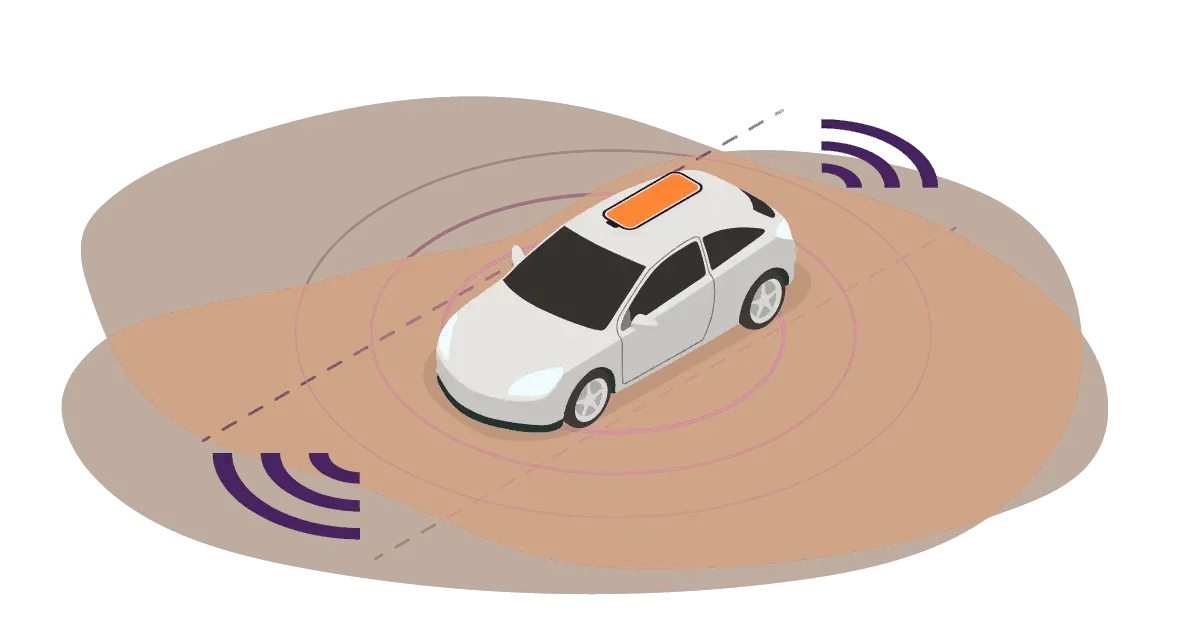
5. Enhanced Structural Safety and Low Center of Gravity
Electric vehicles benefit from unique design elements that contribute to their overall safety.
One such feature is the enhanced structural integrity of EVs, which is often due to the placement of the battery pack.
Most EVs have their battery packs located in the floor of the vehicle, which not only provides a low center of gravity but also adds structural rigidity.
The low center of gravity improves stability and reduces the risk of rollovers, while the reinforced battery casing provides additional protection in the event of a side impact.
6. Driver Attention Monitoring
Driver Attention Monitoring systems are becoming increasingly common in electric vehicles.
These systems use cameras and sensors to monitor the driver’s behavior, looking for signs of drowsiness or inattention.
If the system detects that the driver is not fully focused on the road, it issues an alert, reminding the driver to take a break or pay closer attention.
This feature is particularly beneficial during long drives or nighttime driving, where fatigue can impair reaction times and decision-making.
7. Surround-View Camera Systems
Many electric vehicles are equipped with surround-view camera systems, which provide a 360-degree view of the vehicle’s surroundings.
This system uses multiple cameras placed around the vehicle to create a composite image, displayed on the infotainment screen.
The surround-view camera is especially useful for parking and maneuvering in tight spaces, as it eliminates blind spots and provides a clear view of obstacles that may not be visible in traditional mirrors.
8. Pedestrian Detection and Safety Features
Electric vehicles are often quieter than traditional internal combustion engine vehicles, which can make them harder for pedestrians to hear, especially at low speeds.
To address this, many EVs are equipped with pedestrian detection systems that use cameras and sensors to identify pedestrians in or near the vehicle’s path.
If a potential collision is detected, the system can alert the driver and even apply the brakes automatically.
Additionally, some EVs emit artificial sounds at low speeds to alert pedestrians to their presence, enhancing safety in urban environments.
9. Over-the-Air (OTA) Software Updates
One of the advantages of electric vehicles is their ability to receive over-the-air (OTA) software updates.
This feature allows manufacturers to continuously improve and enhance the safety systems of EVs without requiring a visit to the dealership.
OTA updates can add new features, refine existing systems, and even improve the performance of safety-related components, ensuring that the vehicle remains up-to-date with the latest advancements in automotive safety technology.
10. Crash Protection and Battery Safety
Electric vehicles are designed with crash protection in mind, especially concerning the battery pack.
Manufacturers implement rigorous safety standards to ensure that the battery is well-protected in the event of a collision.
This includes reinforced battery casings, automatic disconnection of the power supply upon impact, and advanced cooling systems to prevent thermal runaway—a condition where the battery overheats and poses a fire risk.
These safety measures ensure that the risk of battery-related incidents is minimized, even in severe accidents.
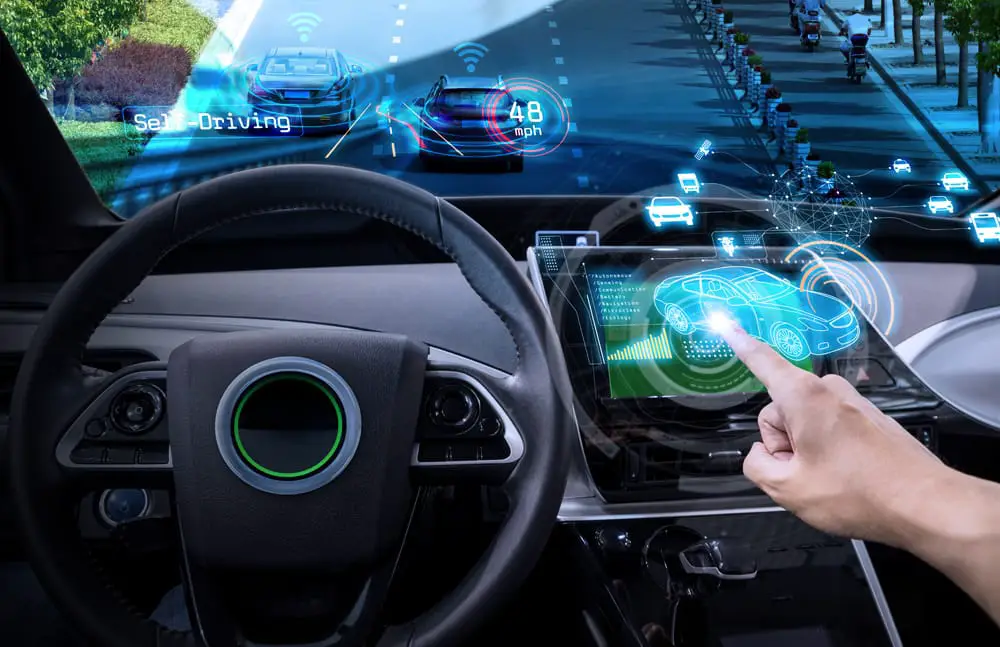
Conclusion
The advanced safety features of electric vehicles are not just about enhancing the driving experience; they are about making roads safer for everyone.
By integrating cutting-edge technology with thoughtful design, EVs offer a level of safety that sets new benchmarks in the automotive industry.
As these vehicles become more prevalent, their advanced safety systems will play a crucial role in reducing accidents, protecting drivers, passengers, and pedestrians, and ultimately contributing to a safer and more sustainable future on the road.




